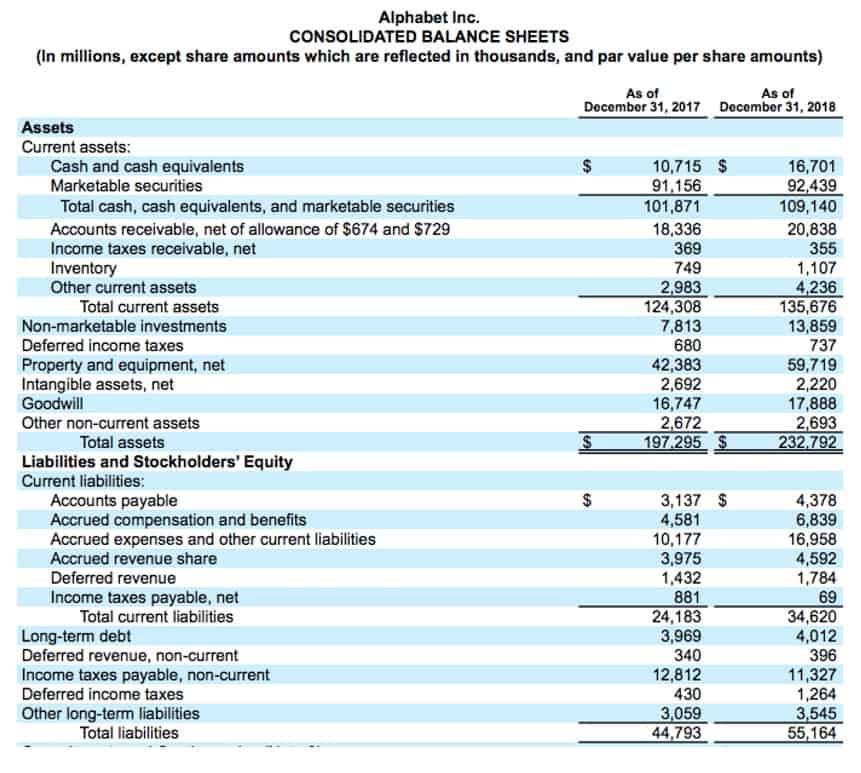Bank Statement Balance vs Cash Book Balance What’s the Difference?

For this reason, all businesses need to reconcile their bank balance and book balance often. Not doing so can lead to bad results like incorrect tax filings, missed chances for growth, or even bankruptcy. But with proper reconciliation practices, businesses can evade these troubles and protect the integrity of their financial records. If you deposited a check, but it hasn’t been processed, your book balance will be higher than your bank balance. Also, a deposit could be recorded incorrectly in a company’s book balance resulting in the amount received by the bank not matching the company’s accounting records.
- In this video, Minisetti provides a comprehensive overview of monetary policy, detailing its meaning, objectives, and instruments.
- It represents the company’s internal view of its financial status at any given time.
- A major benefit of book balance is that it provides a comprehensive view of an organization’s financial status, enabling better decision-making.
- Checks that have been written and sent out but have yet to clear through the banking system.
- Suppose that at the end of May, according to your company’s ledger (your “books”), your company has a balance of $10,000 in its bank account.
- Book balance includes transactions that a company has done during an accounting period, such as one quarter or a fiscal year.
What happens when a demand deposit is made at a bank?
Let’s say you’re starting with Aplos as of January 1st and you wrote checks at the end of December, but they have not cleared yet. A positive book balance signifies an excess of funds, reflecting a favorable financial position for a company and facilitating robust financial reporting and investment activities. Reconciling items are essential for aligning book balance with bank balance, involving the identification and resolution of discrepancies through bank reconciliation processes. Book balance holds significant importance in accounting as it serves as a basis for assessing a company’s financial position and ensuring adherence to accounting principles and regulations. Let’s say Company X sends Company Y a check on August 25.The debit would not show up on the month-end bank statement if Company X did not deposit it by the end of August.
- Bank balance, however, is the actual amount of money in an account from the bank’s view.
- Bank balance is the real amount of money in the account, while book balance is the recorded sum according how to do a bank reconciliation to accounting.
- Banks may charge fees for various services or offer interest on account balances, which might not be immediately recorded in the company’s books.
- A bank reconciliation statement can be prepared to summarize the banking activity for an accounting period to be compared to a company’s financial records and book balance.
- The cash book balance includes transactions that are not represented in the bank balance.
- While both balances should ideally match, discrepancies can occur due to timing differences, outstanding checks, or bank errors.
Understanding Financial Instruments: A Comprehensive Overview
As a result, even if those funds have been used, X’s bank account would show that they are still available. In conclusion, because some transactions were recorded by the business or the bank, there is a discrepancy between the balance in the cash book and the balance on the bank statement. Knowing bank balance is important as it shows the financial state of an account holder. cash flow It provides individuals and businesses with an understanding of their financial resources.
Differences Between Bank and Book Balance

For instance, businesses can spot recurring expenses that might be reduced or eliminated, or identify periods of high cash inflow that could be leveraged for growth opportunities. This proactive approach to cash flow management can lead to more strategic financial planning and better resource allocation. The failure of trade deficits to balance has many causes, with tariff and non-tariff economic fundamentals as major contributors. However, if your company is cutting multiple checks a day, you should consider reconciling your bank account at least once a day. I am having the same issue that is listed above and have tried all troubleshooting steps, including speaking with QuickBooks multiple times.

Another important attribute of the bank statement balance is that it includes any fees or charges imposed by the bank. These fees may include monthly maintenance fees, overdraft fees, or transaction fees. Bank balance is the real amount of money in the account, while book balance is the recorded sum according to accounting.
- Book balance and bank balance may differ as book balance includes all recorded transactions, while bank balance only reflects the amount of funds available in a company’s bank account at a specific time.
- For example, when a company receives a checking account statement from its bank at the end of October, the $3,000 ending balance on the statement is its bank balance.
- Book balance offers advantages such as accurate financial oversight and reporting, but it also presents challenges related to potential errors and the need for continuous reconciliation.
- This might be from outstanding checks, deposits in transit, errors, or even fraud.
- It is an official record maintained by the bank and is considered a reliable source of information for reconciling accounts.
- This helps ensure transparency and avoid any financial risks from inaccurate recording or reconciliation errors.
- In conclusion, the bank statement balance and the cash book balance are two important tools used in financial management.
It enables the assessment of financial accuracy, offering a clear picture of the organization’s financial standing and supporting strategic planning and investments. Deskera Books can help you automate your accounting and mitigate your business risks. Creating invoices becomes easier with Deskera, which automates a lot of other procedures, reducing your team’s administrative workload. By doing this, she can be sure that her company is still on course for annual growth even if few months see a little decline in demand for her services. Suppose, in Alice’s situation, she can also observe any swings in her business. For example, she may notice a spike in demand in the few months due to holidays or vacations.

For example, at the end of October, the balance in the same company’s general ledger cash Accounting for Marketing Agencies account is $2,500. This amount differs by $500 from the bank balance for the same account, which requires a bank reconciliation to resolve. These deductions would be reflected in the book balance while not yet reflected in the bank account balance.

Balancing the books may sound daunting and exhausting task, but it is highly crucial for larger or small businesses. One of the key attributes of the cash book balance is that it includes all cash transactions, regardless of whether they have been processed by the bank or not. This means that it may include transactions that are yet to be reflected in the bank statement balance. For example, if a business receives cash from a customer, it will be recorded in the cash book immediately, even if the bank has not yet processed the deposit. This allows businesses to have an up-to-date view of their cash position, independent of the bank’s processing time.
If so, and the bank spots the error, the company must adjust its book balance to correct the error. The interest could be from a savings account or a cash sweep, which is when the bank withdraws unused funds in a company’s checking book balance vs bank balance account and invests that money in short-term investments. The balance per books and bank balance are rarely the same, due to such adjusting items as uncashed checks, deposits in transit, and bank account fees. Those checks that have been written but haven’t yet been paid by a financial institution.